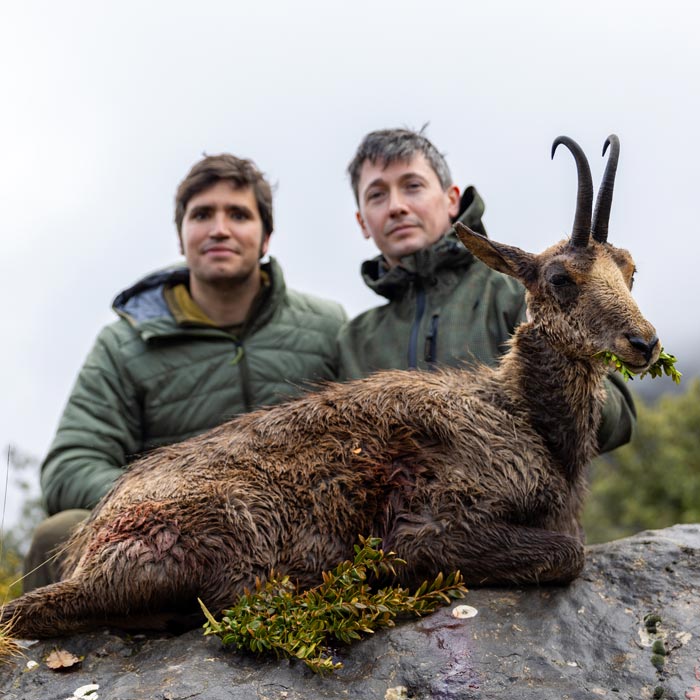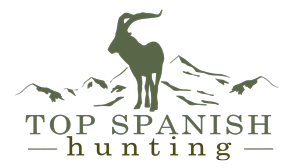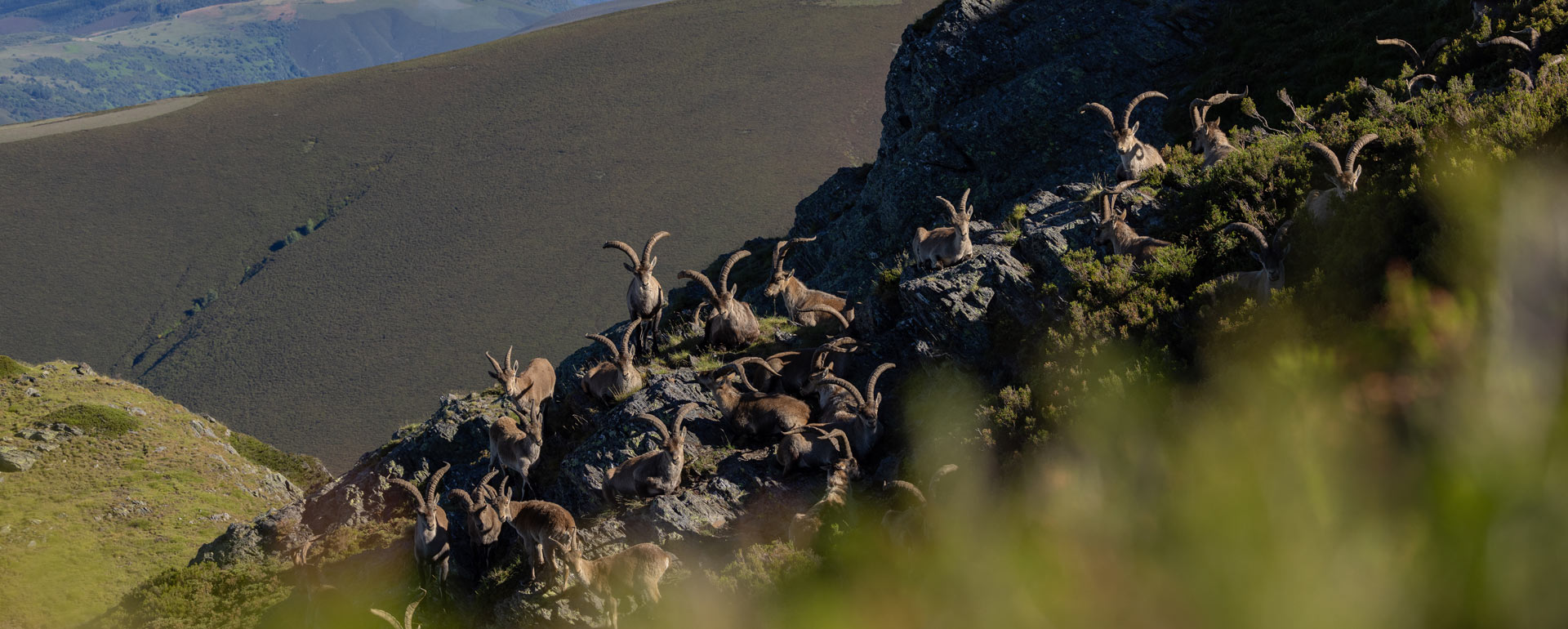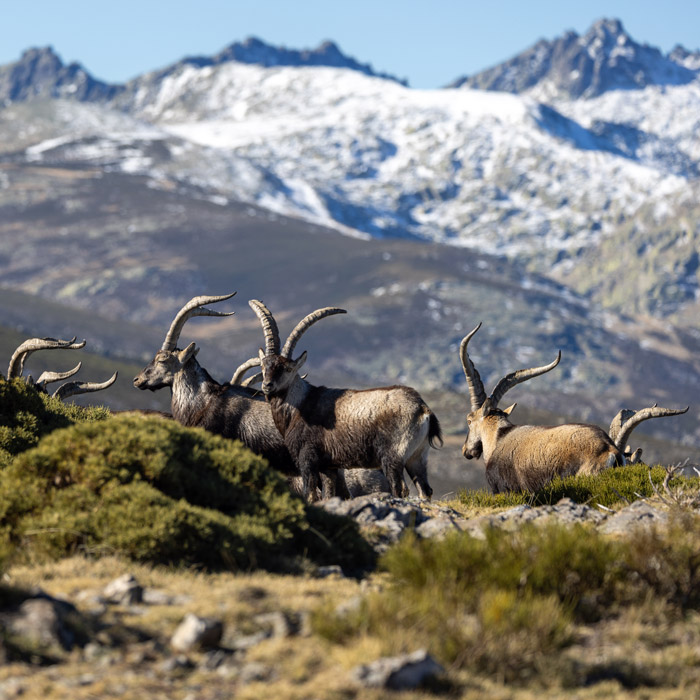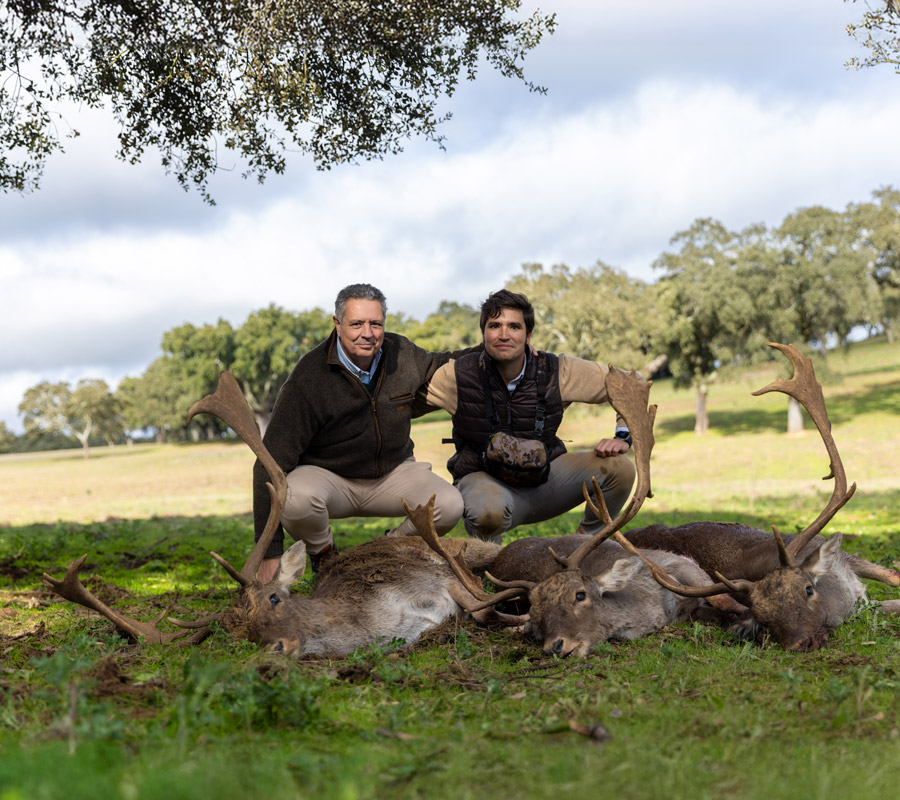An Ibex Slam is one of the most coveted hunting achievements in the world — and Spain is the only country where you can complete it by harvesting all four subspecies of the majestic Spanish Ibex.
In this post, we’ll take you inside the experience of completing an Ibex Slam in a single, unforgettable trip. From rugged mountain terrain to world-class trophy animals, you’ll see what makes this hunt truly exceptional.
If you’re dreaming of your own Ibex Slam, trust us to guide you every step of the way. With expert planning, local knowledge, and a passion for the hunt, we’ll help turn your goal into a once-in-a-lifetime success.
BECEITE
The Ibex Slam is one of the most prestigious and challenging hunting achievements in Spain. This time, we share the incredible journey of our friend Greg as he pursues his Grand Slam.
We began with the Beceite ibex. After a short flight into Valencia airport, we quickly made our way to Teruel. Following a delicious dinner, we checked into our hotel to rest and gather energy for the exciting hunting days ahead.
At dawn, we set out for the hunt, greeted by the first light of the rising sun. Almost immediately, we spotted several ibex, but they were young. Since we were searching for a silver medal Beceite ibex, we decided to continue scouting. The day passed quickly as we enjoyed breathtaking landscapes, countryside snacks, and a traditional Spanish meal at the finest local restaurant. In the afternoon, we resumed our search.
By mid-afternoon, we located the perfect ibex, an exceptional specimen lying down about 1,000 yards away. With careful precision, we began our approach. At just 100 yards away, Greg positioned himself on the ground, his Blaser rifle ready, waiting for the ibex to rise. When the moment came, he took a perfect shot, bringing a spectacular end to an unforgettable day of hunting in Beceite.
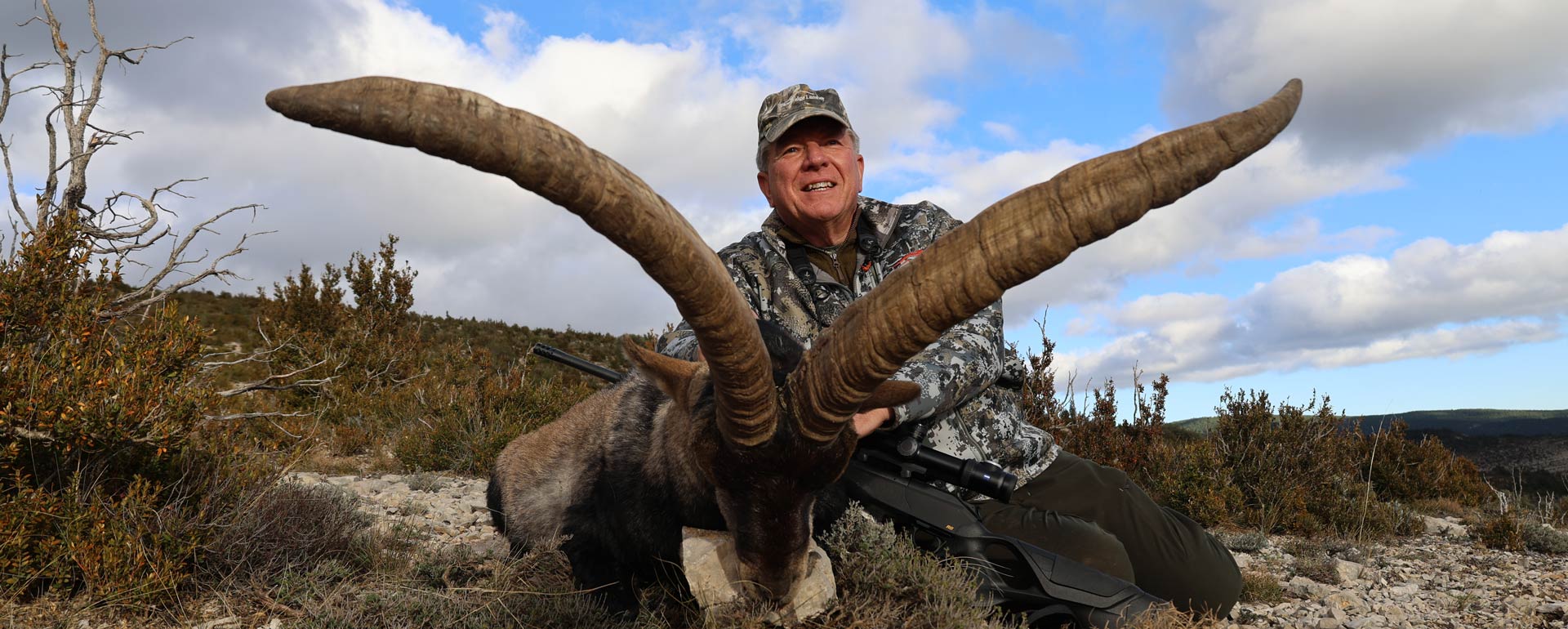
That evening, we celebrated with a well-earned feast before turning in for the night. The next day, we would set off for the majestic mountains of Gredos, eager for the next chapter of Greg’s Grand Slam adventure.
GREDOS
Although the journey from Beceite to Gredos takes approximately four hours, the drive is comfortable, as it is mostly along highways. We made the most of it by stopping to visit picturesque villages like Molina de Aragón, home to a stunning castle and ancient walls. Before we knew it, we had arrived in Gredos.
That afternoon, we took things easy, using the time to scout for animals while leaving the rifle securely stored in the armored box at the hotel.
At first light the next morning, we set out in search of an ibex we had spotted the previous day, which perfectly matched our expectations. After scanning the valley for a few minutes with the telescope, we finally located it perched on a rock at the far end of the valley.
The approach, though relatively short, was steep and challenging. With some teamwork, we assisted Greg up the terrain, and within an hour, we were in position. The ibex was grazing peacefully, so we patiently waited for it to present the perfect angle. When the moment came, Greg delivered yet another flawless shot!
With a magnificent silver medal Gredos ibex down, Greg had officially completed half of the Spanish Ibex Grand Slam in 3 days,an incredible achievement!
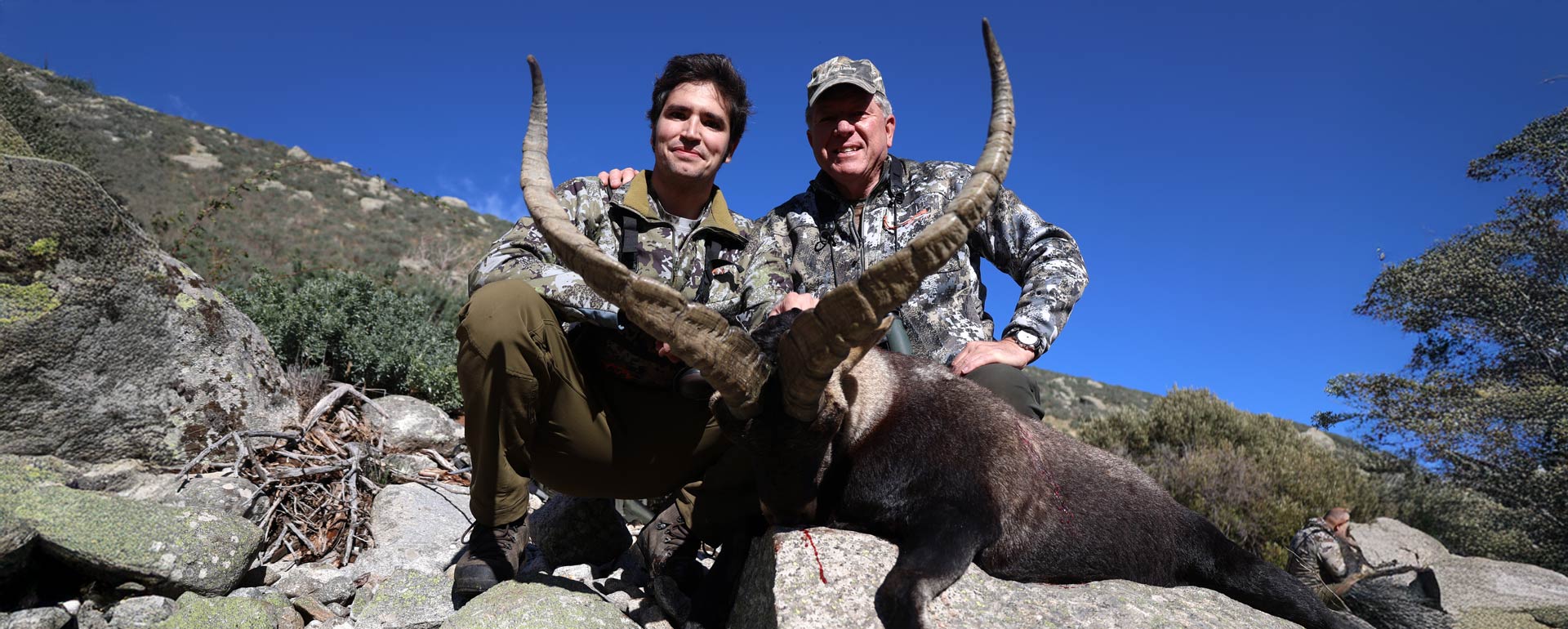
We spent a relaxing afternoon at the hotel before heading south to Spain the next day to explore Ronda and the Southeastern ibex area.
SIERRA NEVADA
With half the work done and six days left to hunt the remaining two ibex, there was no pressure. We stayed at a beautiful hotel on the coast of Almería, taking the opportunity to rest and recharge after our journey from Gredos to the Sierra Nevada region.
The next morning, as soon as we arrived at the hunting area, we spotted a magnificent gold medal southeastern ibex. However, our hunter chose not to take the shot, he was set on collecting silver medals ibex.
We spent the entire morning observing animals, but none quite met our expectations. By midday, we took a well earned break, enjoying a hearty steak and a glass of wine before resuming our hunt.
Ibex are active throughout the day, though they typically rest for a while around midday. After our break, we returned to the hunting area and soon spotted a stunning silver medal southeastern ibex through the telescope. The approach was tricky, so our local guide stayed back to check the ibex from a distance while I moved in with Greg.
An hour and a half later, we had closed the gap to just 120 yards. Greg did his job perfectly.
Three down, one to go!
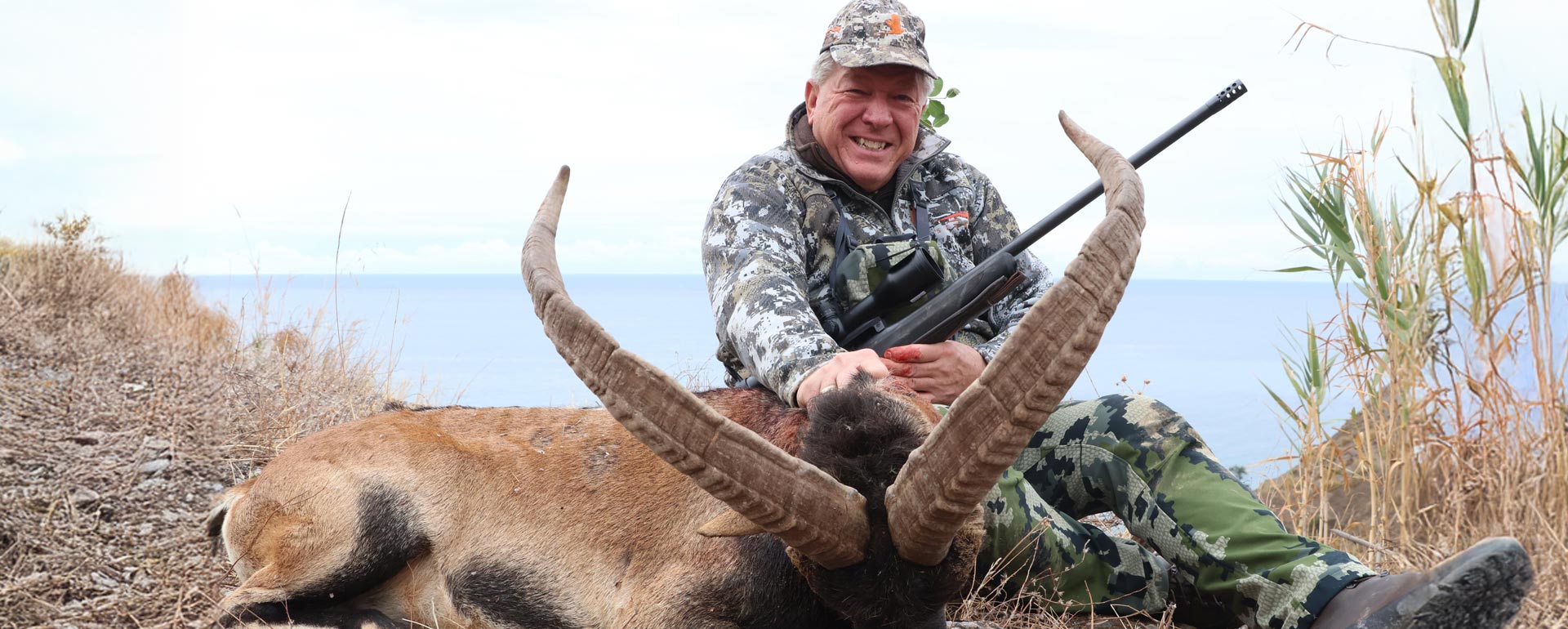
RONDA
We only had the Ronda ibex left to hunt. The next day, we rested at the Parador de Ronda, a beautiful hotel with stunning views of the famous Ronda Bridge.
The following morning, we woke up early to go hunting. The rain made things quite challenging, as the animals sought shelter in the bushes, and we could only spot females and young ones. However, just as the day was ending, we finally saw a magnificent silver medal Ronda ibex.
With the light fading, I suggested to Greg that he wait until the next day to take the shot, but he decided to give it a try. Unfortunately, the shot wasn’t perfect. Since we filmed all the shooting, it was clear that the shot was a bit too far back. With little light left, we decided to postpone the search until the next day.
The following morning, we began tracking with Brezo, my Bavarian hound, who accompanies us on all the hunts. About 1,500 yards from where the shot had been fired, Brezo found the animal, already lifeless.
The ibex had taken refuge in the most rugged part of the mountain, so Greg couldn’t reach it. I had to go and retrieve its hide for a shoulder mount, but Greg was incredibly relieved, having spent the night worrying whether we’d find it or not.
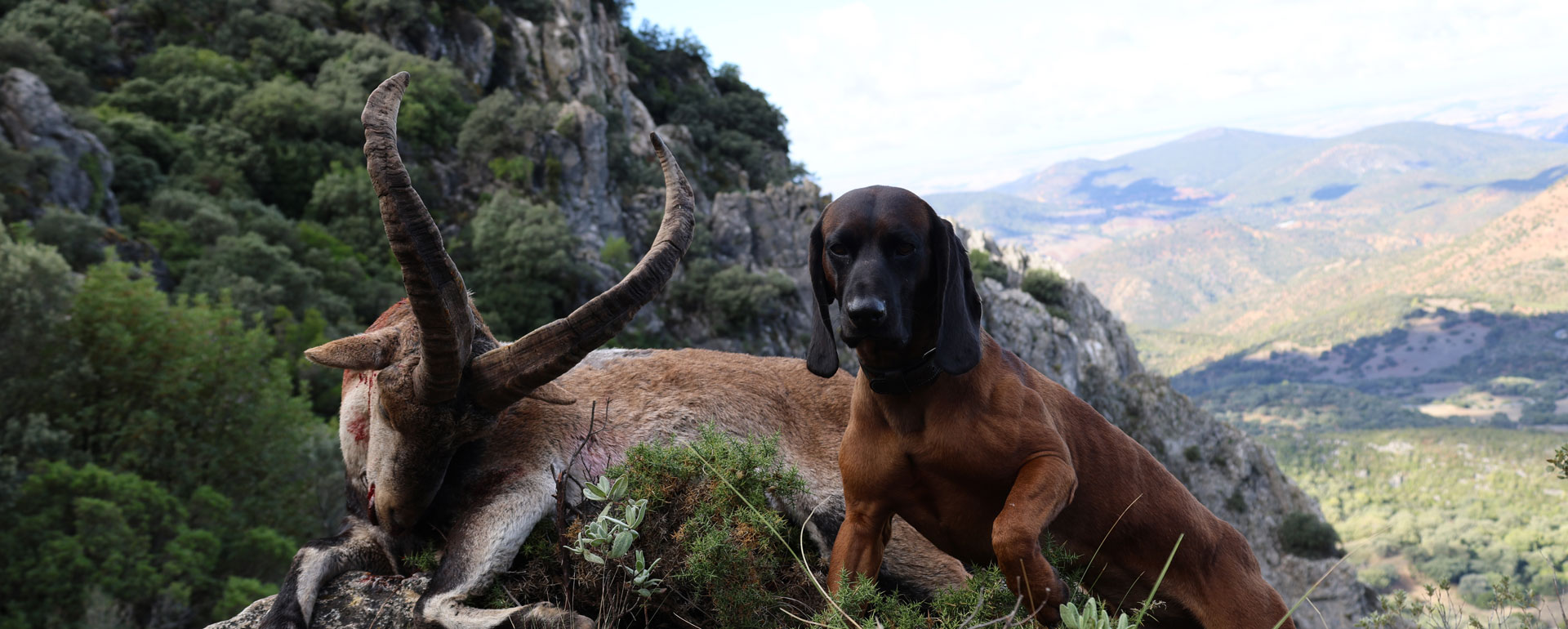
After skinning the ibex for the mount, we celebrated Greg’s Grand Slam ibex achievement and headed to Granada for a day of sightseeing before returning to Madrid. An incredible Grand Slam of ibex!
Trust Top Spanish Hunting — 100% success guaranteed and the unforgettable hunt you’ve always dreamed of.
Ready to live your own hunting adventure in Spain?
Hunting adventure
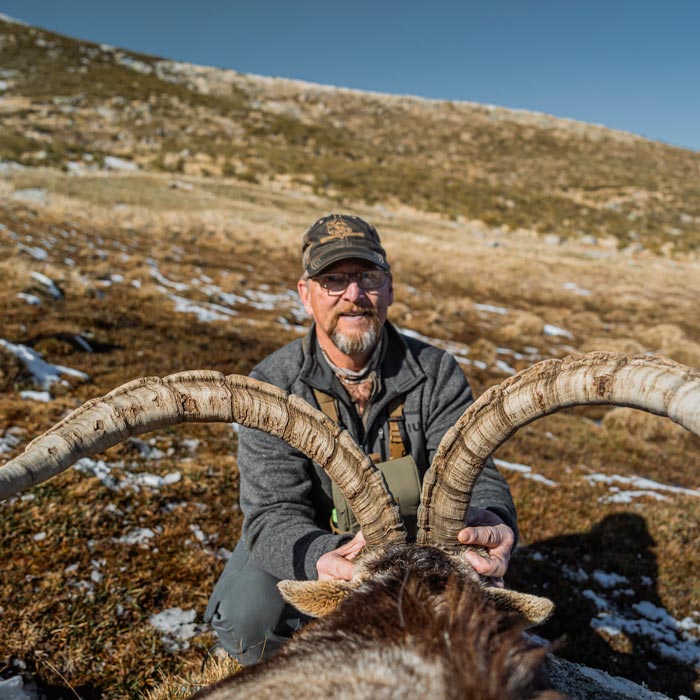
Gold Medal Gredos ibex with the bow
Read More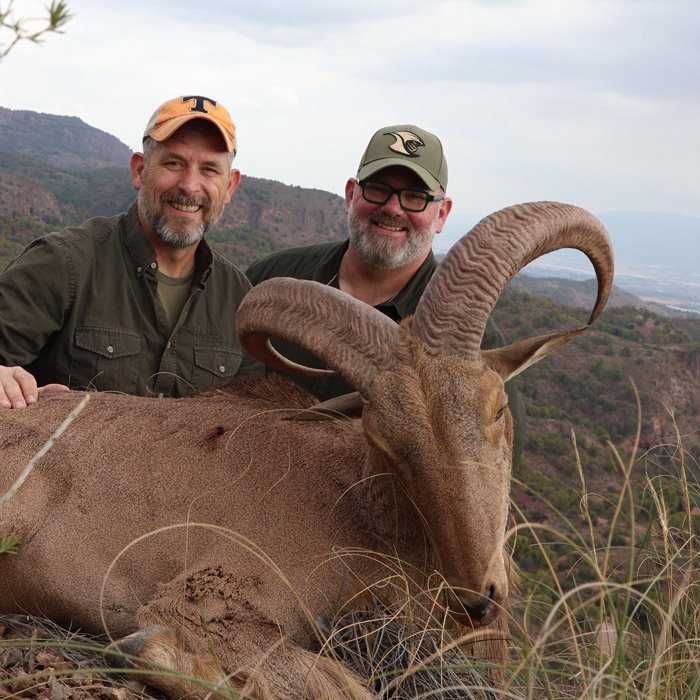
Barbary Sheep Hunt: Target the Legendary Desert sheep
Read More